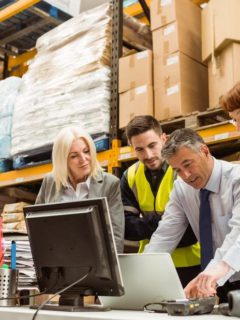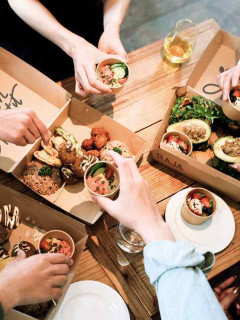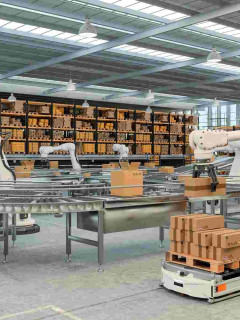You may be familiar with the termcircular economy, but do you know what circular packaging is?The circular economy is about producing goods and services in a sustainable way, by limiting the consumption and waste of resources, and the production of waste. Citizens and economic actors alike: everyone needs to reduce their environmental impact. And the circular economy is increasingly being applied to the world of packaging. In this article, you will discover the properties of circular packaging, and our solutions for providing you with more sustainable packaging.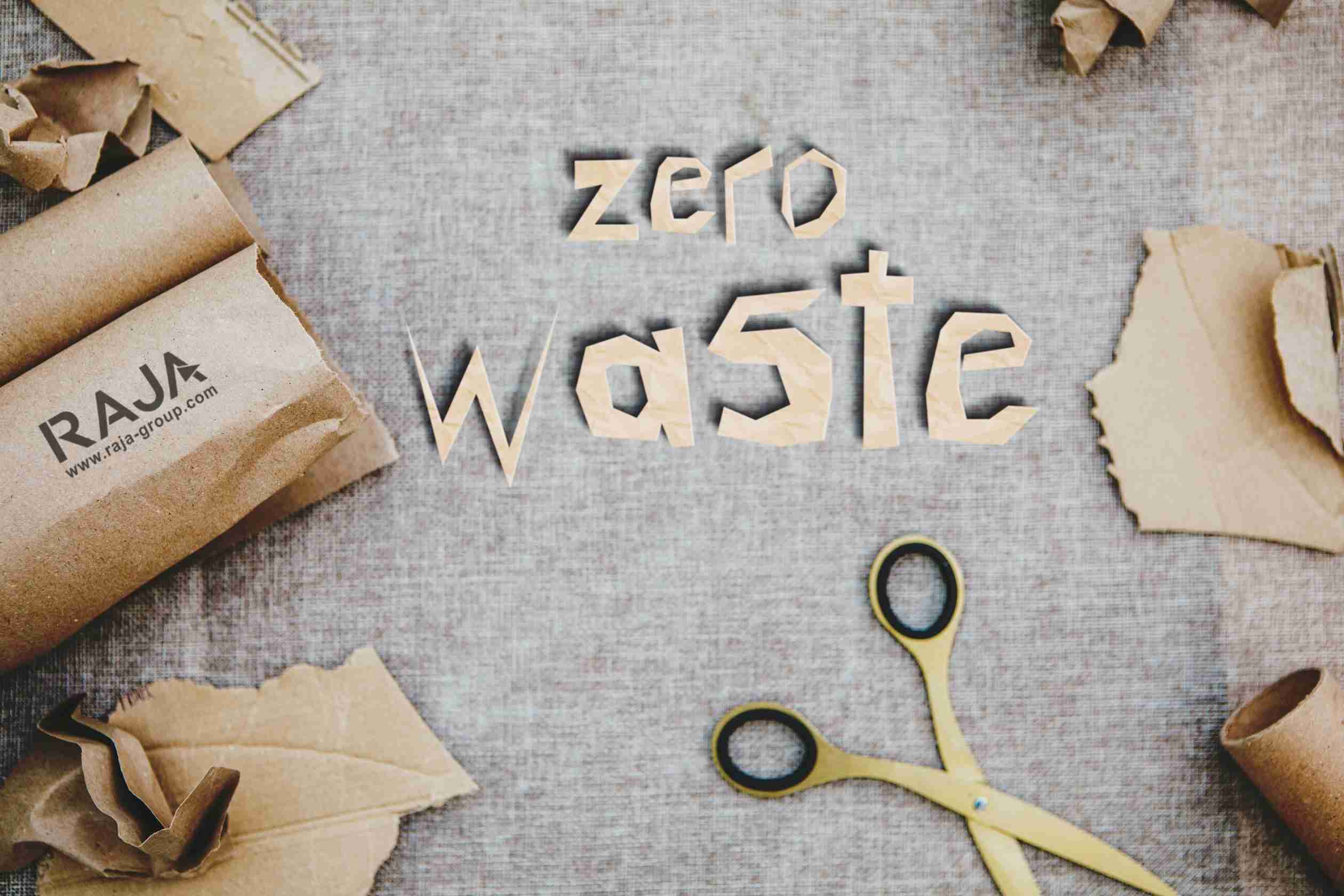
Circular economy: presentation of a sustainable economic model
The circular economy is an economic model that aims to move away from a “throwaway” society, where we manufacture, consume and then throw away (linear economy), to a more sustainable society. It is being introduced to respond to various challenges, including the environment, health and safety, the environment and the environment
- Protection of the environment and the health of citizens
- Preservation of resources (mineral, energy…)
- Reduction of waste and wastage
- Economic and industrial development of territories
but its challenges are also economic and social. This new model of production and consumption generates activities and job creation: the circular economy is part of a green economy approach. According to the website of the National Institute for the Circular Economy, the circular economic model would enable savings of 380 billion dollars on raw materials in Europe, per year! It would also help create 800,000 jobs in the European community
| Did you know that theINEC (National Institute for Circular Economy) was founded in 2013 with the aim of promoting the circular economy and accelerating its development, thanks to the collaboration of several national actors: companies, federations, communities, institutions, associations, NGOs and universities. |
the development of the circular economy is based on seven pillars
- Sustainable procurementsustainable procurement: extracting and exploiting resources with a low environmental impact, primarily in the agricultural and forestry sectors and in the exploitation of energy resources (mines and quarries).
- Eco-design: rethinking the design of a good, a process or a service to take into account its life cycle and ensure that environmental impacts are minimised.
- Industrial and territorial ecology: encouraging the exchange of flows or the pooling of needs between companies and moving towards an industrial symbiosis.
- Responsible consumption: buying a good or service by considering its environmental impacts throughout its life cycle.
- Functionality economy: favouring use over possession, by developing service activities linked to a product rather than those selling the product itself.
- Extending the life cycle: encouraging consumers to buy second-hand and repair rather than throw away and buy new products.
- Recycling: improve prevention, but also the management of recycling to make maximum use of raw materials from waste.
Circular packaging in the age of eco-responsibility
Here is a definition of packaging taken from the report Packaging & Circular Economy(September 2014) by the Conseil National de l’emballage:“Any object, whatever the nature of the materials of which it is made, intended to contain and protect goods, to enable their handling and transportation from the producer to the consumer or user, and to ensure their presentation.”In a continuous way, circular packaging meets the principles of the circular economy. So how do you develop circular packaging? By working on all the stages of the packaging’s life cycle: its design, production, distribution, use and finally its recovery. We don’t limit ourselves to the object itself, but take into account all the resources used (raw material, water, energy…). Thus, circular packaging should, at best, have the following characteristics
- Its presence is justified (no over-packaging)
- Its raw materials are biosourced and/or recycled
- Its manufacturing process has little impact on the environment (controlled greenhouse gas emissions)
- It is recyclable, compostable or biodegradable
- It is reusable
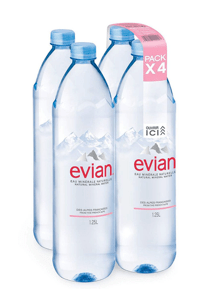 |
an example of eco-design of packaging: Danone The multinational is setting the tone by setting a target of 100% circular packaging by 2025. To achieve this goal, the company is taking action to eliminate unnecessary packaging and to design packaging that is reusable, recyclable or compostable. For example, Danone has greatly reduced the amount of plastic packaging used in a pack of water bottles, keeping it to a minimum. To ensure that its packaging is treated properly, the company does not hesitate to collaborate with public authorities or private partners to improve waste collection channels and to support recycling infrastructures, particularly in developing countries. |
the solutions available to you for eco-responsible packaging
How can you take concrete action to implement ecological packaging solutions for your business? Here are some avenues to consider.
The 5Rs method
This method consists of 5 good practices to be implemented in your company, for more eco-responsible packaging
|
Reduce |
You can reduce the amount of packaging you use by selecting the most appropriate packaging for your products. For example, by choosing flexible packaging that fits the shape of your goods, such as pouches, rather than cases or boxes, you can eliminate the need to use cushioning materials. |
|
Reuse |
The idea is to use packaging that can be reused several times, for example, by using a returnable packaging system, so that a customer can send an item back without using additional material. |
|
Replace |
The principle of replacement is to exchange a packaging component with a more environmentally friendly alternative (e.g. from plastic to kraft). |
|
Renew |
You should maximise the use of bio-based materials, i.e. made from renewable natural materials. The best known in packaging are bamboo, corn starch or sugar cane, which are used forfood packaging, for example. |
|
Recycle |
This is the easiest lever to deploy in your circular packaging design strategy. Wood, cardboard, paper, but also certain types of plastic, can be recycled. |
eco-design of packaging
You can design packaging in an environmentally friendly way thanks to various tricks
- Use more environmentally friendly raw materials: for example, replace plastic with biodegradable or biosourced materials.
- Optimise the weight-volume of your packaging: use less material so that the package takes up less space during transport, and so that its delivery has a reduced carbon footprint.
- Take care of the end-of-life of the packaging: tailor packaging that is recyclable, biodegradable or reusable.
good news: RAJA offers tailor-madeeco-design services for more sustainable packaging that your customers will appreciate

















